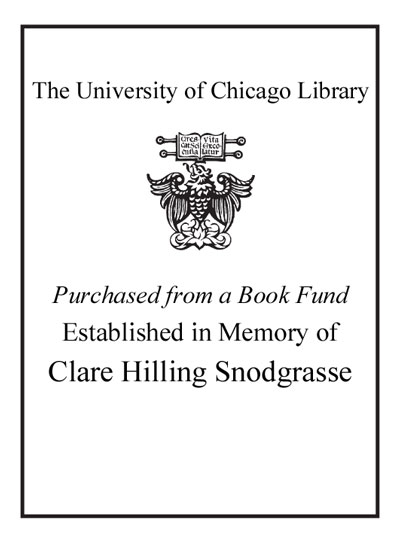Women and epistolary agency in early modern culture, 1450-1690 /
Saved in:
| Imprint: | Abingdon, Oxon ; New York : Routledge, 2016. |
|---|---|
| Description: | xv, 258 pages ; 24 cm. |
| Language: | English |
| Series: | Women and gender in the early modern world Women and gender in the early modern world. |
| Subject: | |
| Format: | Print Book |
| URL for this record: | http://pi.lib.uchicago.edu/1001/cat/bib/10814189 |
Table of Contents:
- List of illustrations
- Abbreviations and conventions
- Notes on contributors
- Acknowledgements
- 1. Living letters: Re-reading correspondence and women's letters
- Part I. Objects of study: Constructing women's letters
- 2. What they wrote: Early Tudor aristocratic women, 1450-1550
- 3. 'By the queen': Collaborative authorship in scribal correspondence of Queen Elizabeth I
- 4. The materiality of early modern women's letters
- Part II. Voices of authority: Letters of counsel and advice
- 5. Women as counsellors in sixteenth-century England: The letters of Lady Anne Bacon and Lady Elizabeth Russell
- 6. The rhetoric of medical authority in Lady Katherine Ranelagh's letters
- 7. John Evelyn, Elizabeth Carey, and the trials of pious friendship
- 8. 'Be plyeabell to all good counseh": Lady Brilliana Barley's advice letter to her son
- Part III. Networks and negotiations: The social relations of correspondence
- 9. Making friends with Elizabeth in the letters of Roger Ascham
- 10. Irish women's letters, 1641-1653
- 11. Recovering agency in the epistolary traffic of Frances, Countess of Essex and Jane Daniell
- 12. Quaker correspondence: Religious identity and communication networks in the interregnum Atlantic World
- Postscript
- 13. New directions in early modern women's letters: WEMLO's challenges and possibilities
- Select Bibliography
- Index

